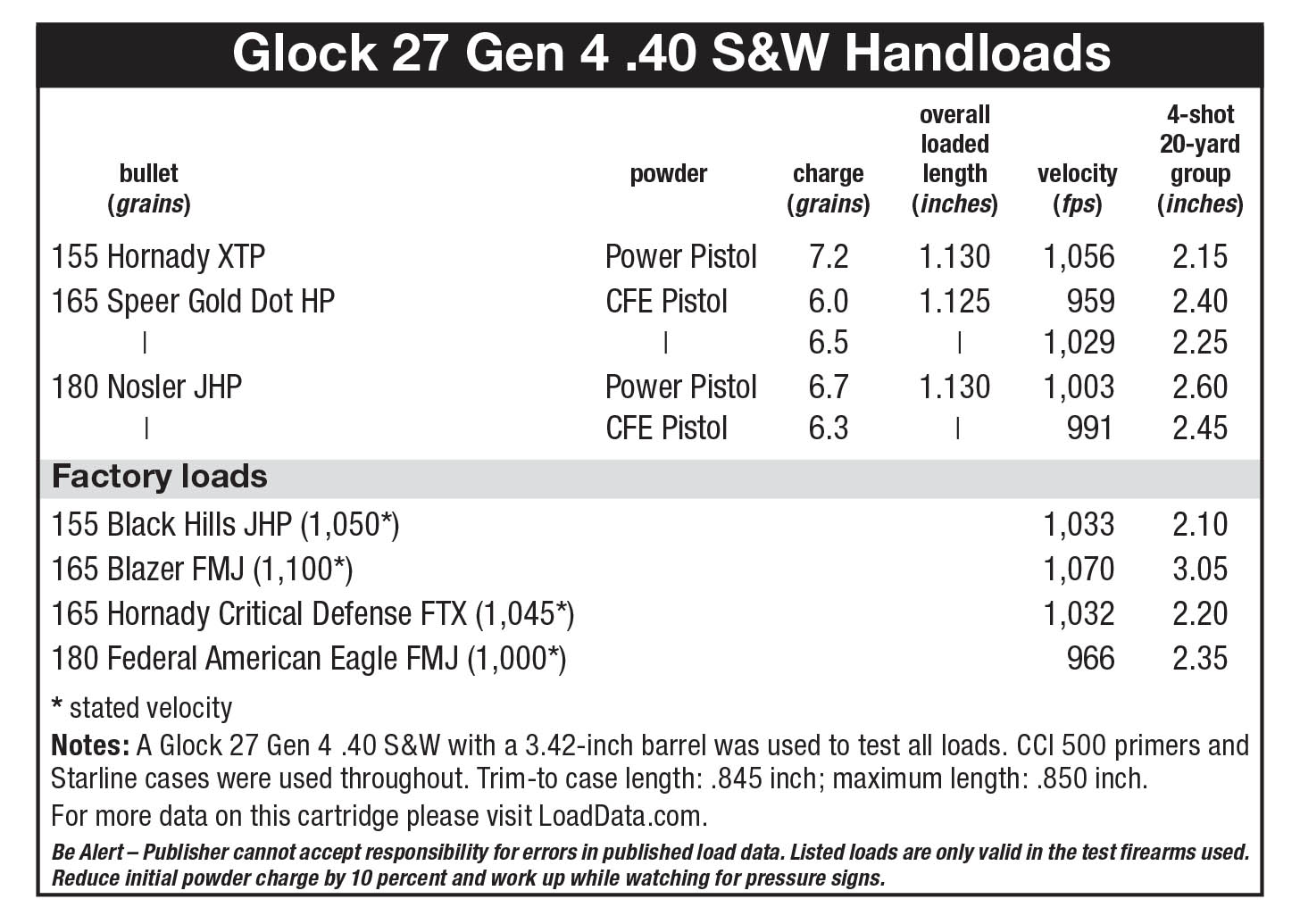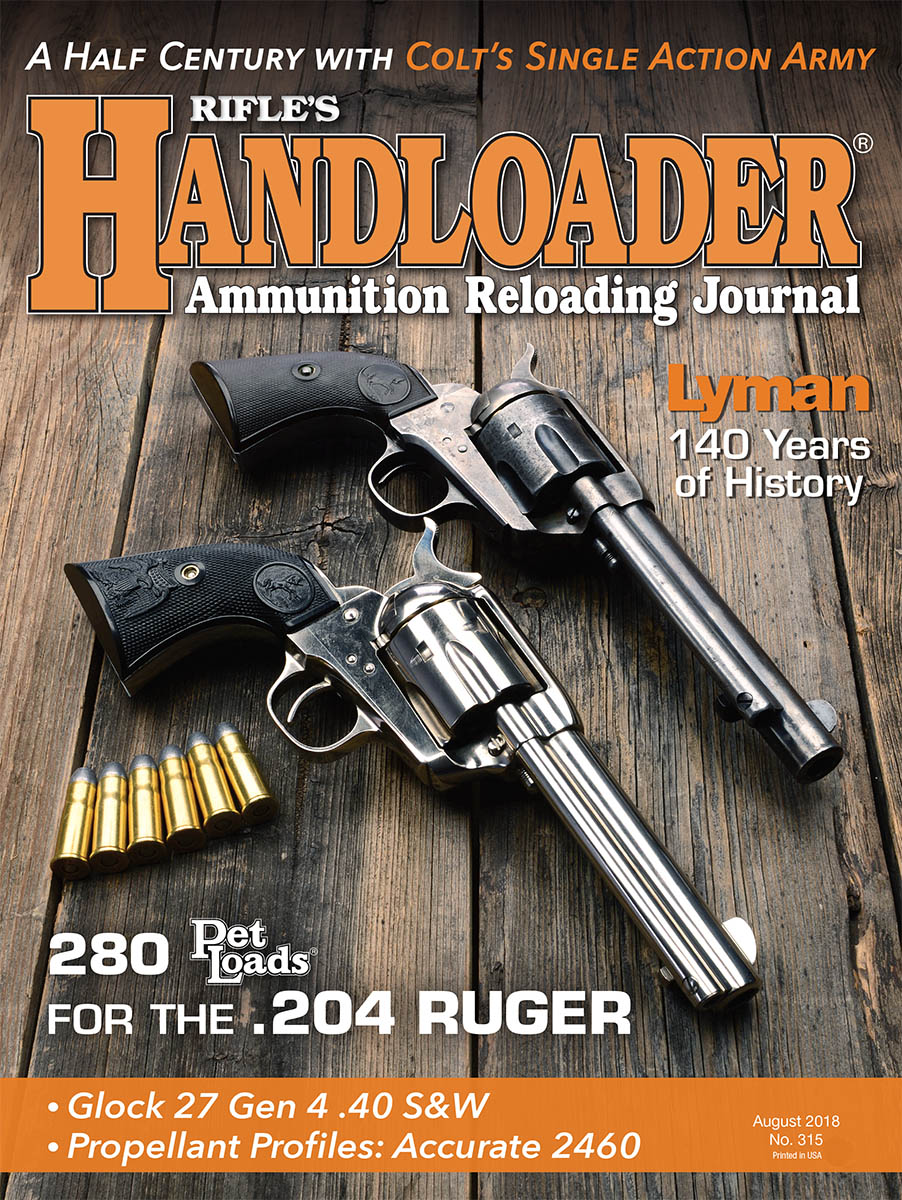From The Hip
Glock 27 Gen 4 .40 S&W
column By: Brian Pearce | August, 18
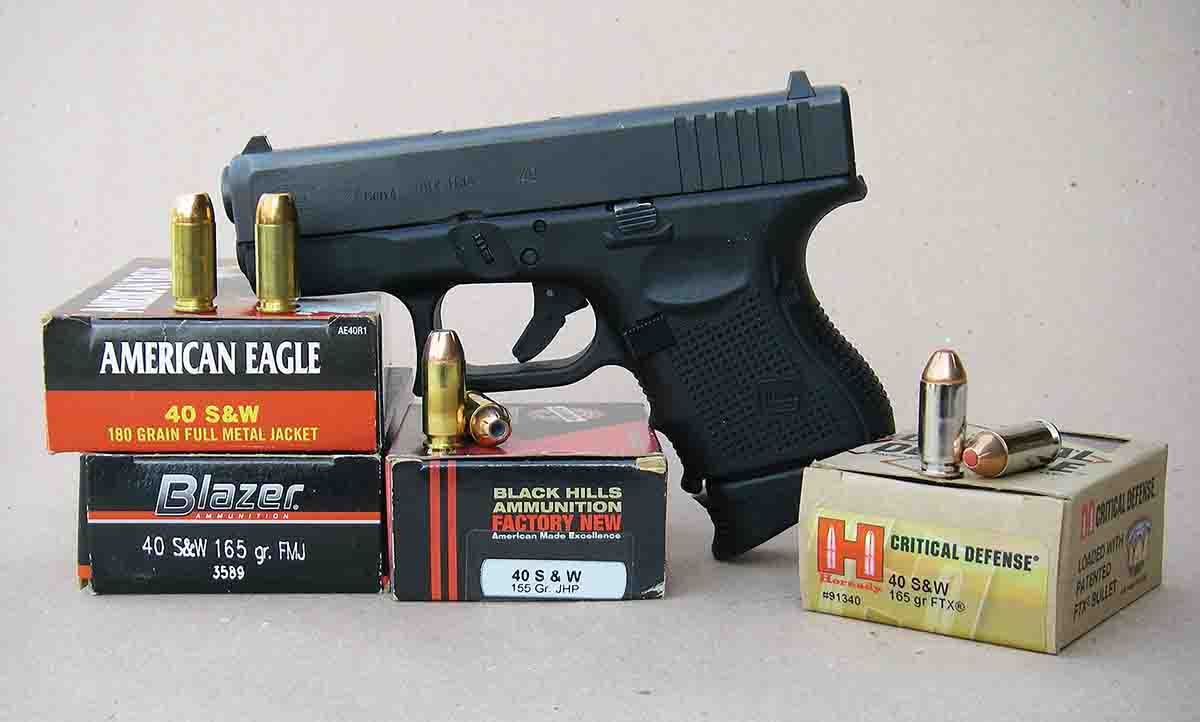
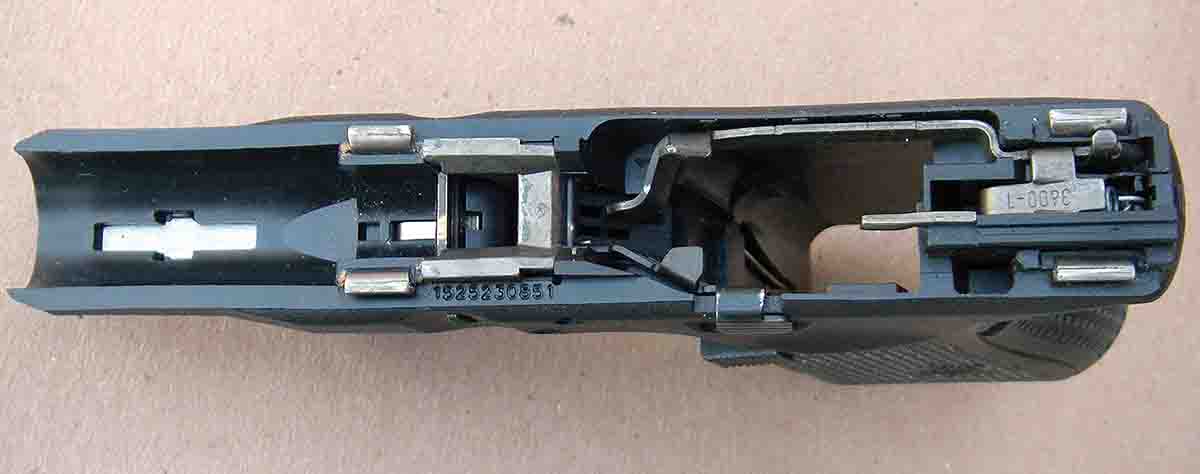
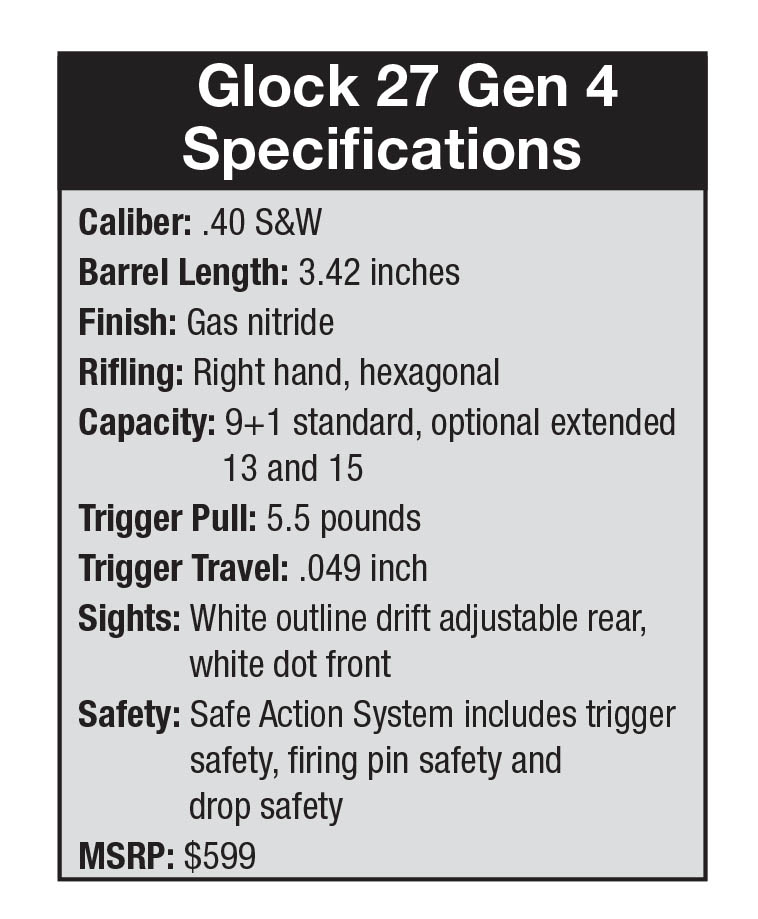
One of Glock’s most interesting pistols is the 27 Gen 4, a subcompact version chambered for the .40 S&W cartridge designed for concealed carry without sacrificing power or capacity. The 27 was first introduced in 1995 and upgraded in 2010 with Gen 4 features. It has a 3.42-inch barrel, comes standard with nine- and 10-shot magazines and will readily accept any .40-caliber Glock magazine for increased capacity. Additional features include a reversible magazine catch that only takes seconds to change, dual recoil springs for increased life and “rough textured technology” for an enhanced grip. The gas nitride, flat-black metal finish is tough and durable. The backstrap is modular for interchangeable grip shapes that can be tailored to best fit various shooters’ hands. It weighs a practical 21.89 ounces, which is lighter than many traditional concealed-carry guns. There are sight options for additional cost; however, the test gun was fitted with a standard, white-outlined rear sight with a white dot front.
Glock lists the trigger pull at 5.5 pounds. Due to the trigger and safety design, testing the pull weight is a bit tricky and will
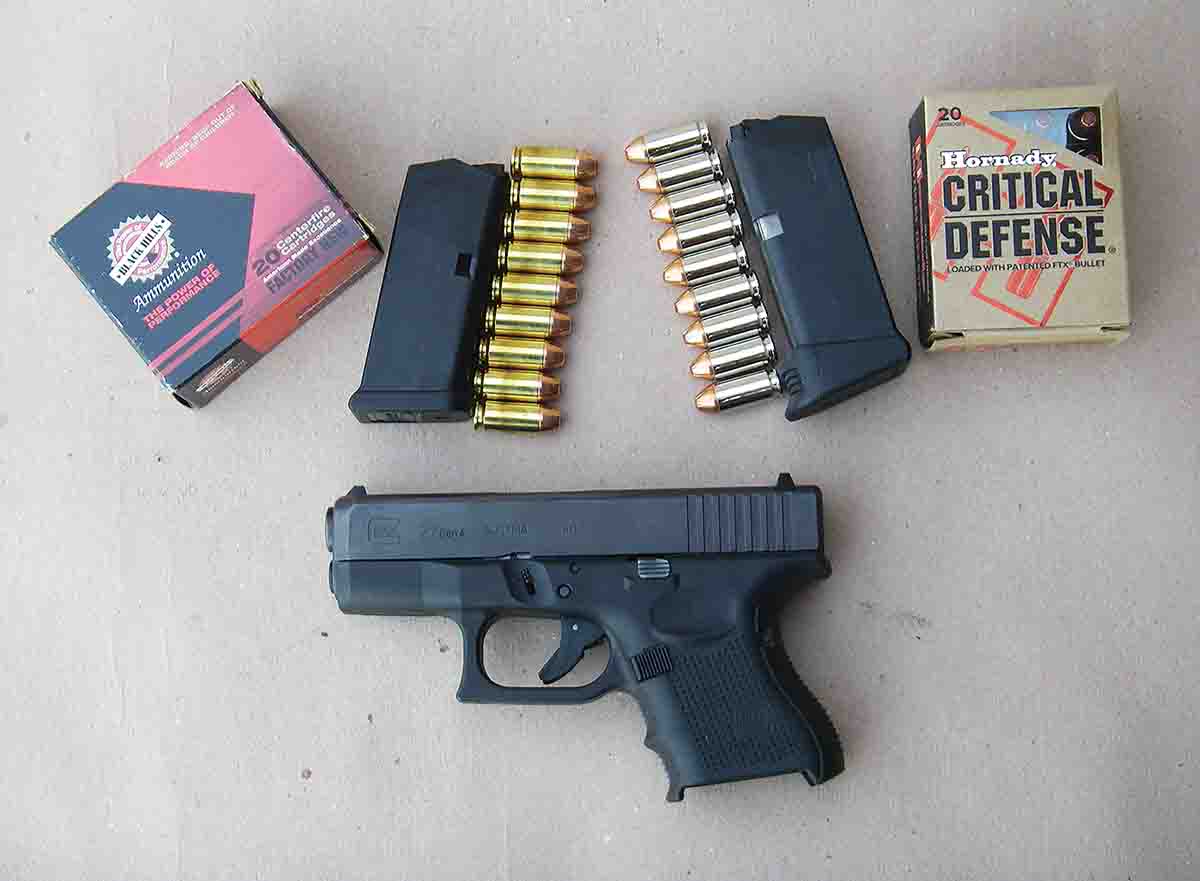
The .40 S&W cartridge has become widely popular for personal defense and within state and federal police circles. It offers significant terminal performance, controllable recoil and increased magazine capacity when compared to larger calibers. Due to its immense popularity, factory load selection is extensive. Virtually all manufacturers offer inexpensive FMJ practice/target loads but also include many expanding bullet defense loads. The most common bullet weights are usually between 135 to 200 grains, but the most popular typically weigh between 150 to 180 grains.
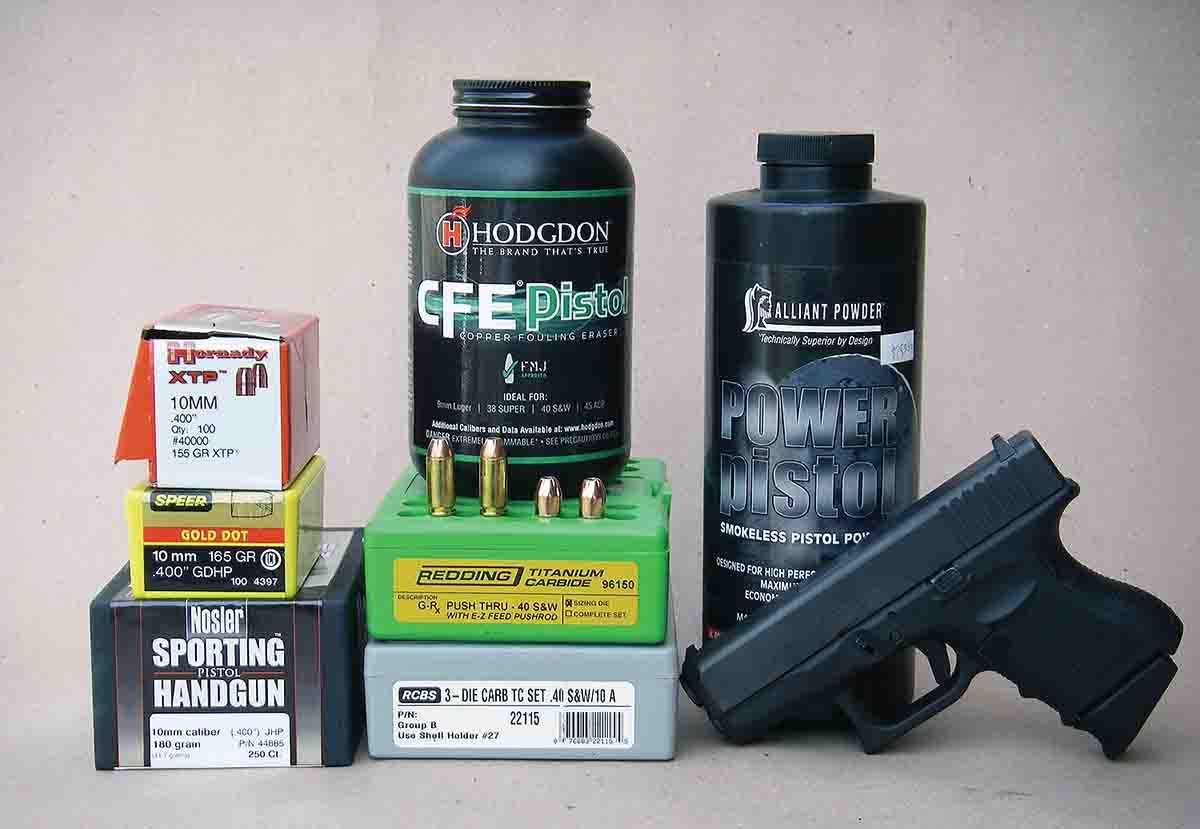
When handloading previously fired .40 S&W cases, they are first tumbled and cleaned then run through a Redding G-RX Push Through die. This serves to remove what is commonly known as the “Glock Bulge” that is common with .40 S&W cases that have been fired in pistols with unsupported chambers. This feature leaves a slight bulge in the case just forward of the solid head. If cases are only sized in standard carbide dies, there will virtually always be a small portion of this bulge remaining. If this bulge is not removed,
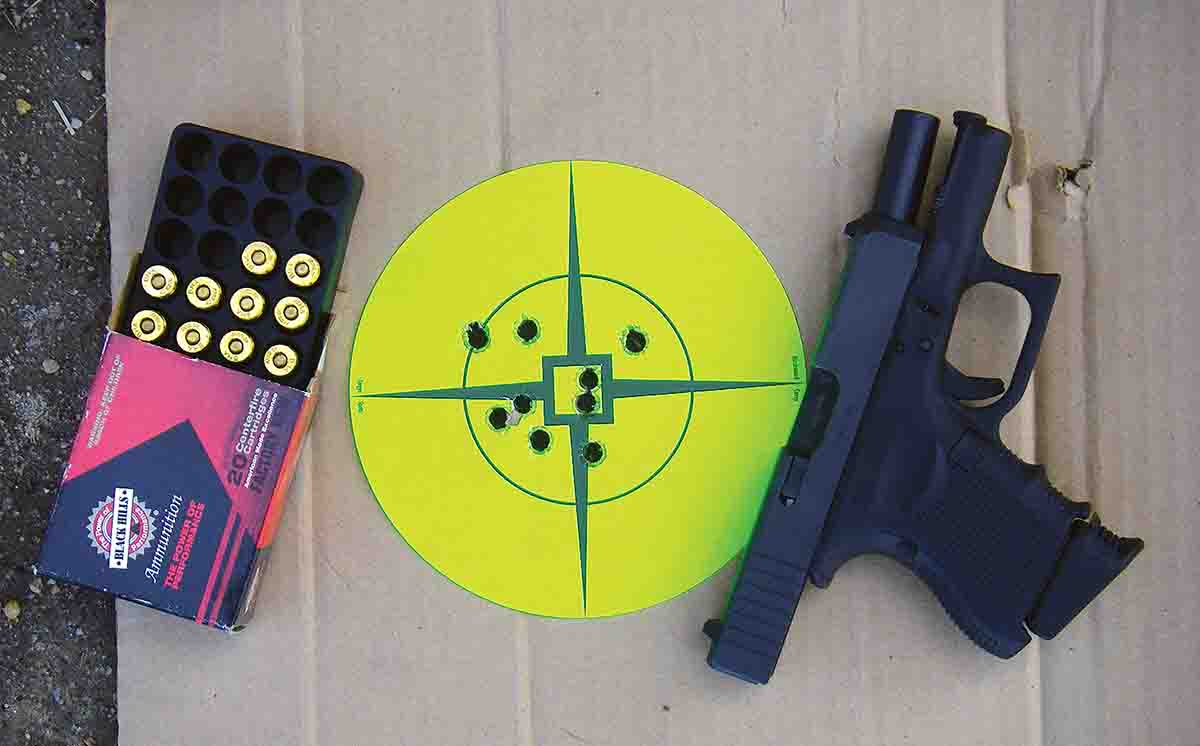
Like most autoloading pistol cartridges, the .40 S&W headspaces on the case mouth. As a result, SAAMI maximum case length is .850 inch, while trim-to length is generally suggested at .845 inch. As long as they are adjusted accordingly, most dies will allow bullets to be seated and crimped in the same step, which almost always results in substandard ammunition. I always suggest seating bullets to their correct overall length, and applying the crimp as a separate step. The taper crimp should measure .423 inch.
It should be noted that several ammunition manufacturers have struggled to produce cases that are within industry specifications, and as a result, many have been encountered that are too thin at the case mouth. As a result, when they are full-length sized they fail to hold the bullet securely when it is seated. It is suggested to discard such brass, as their lack of proper
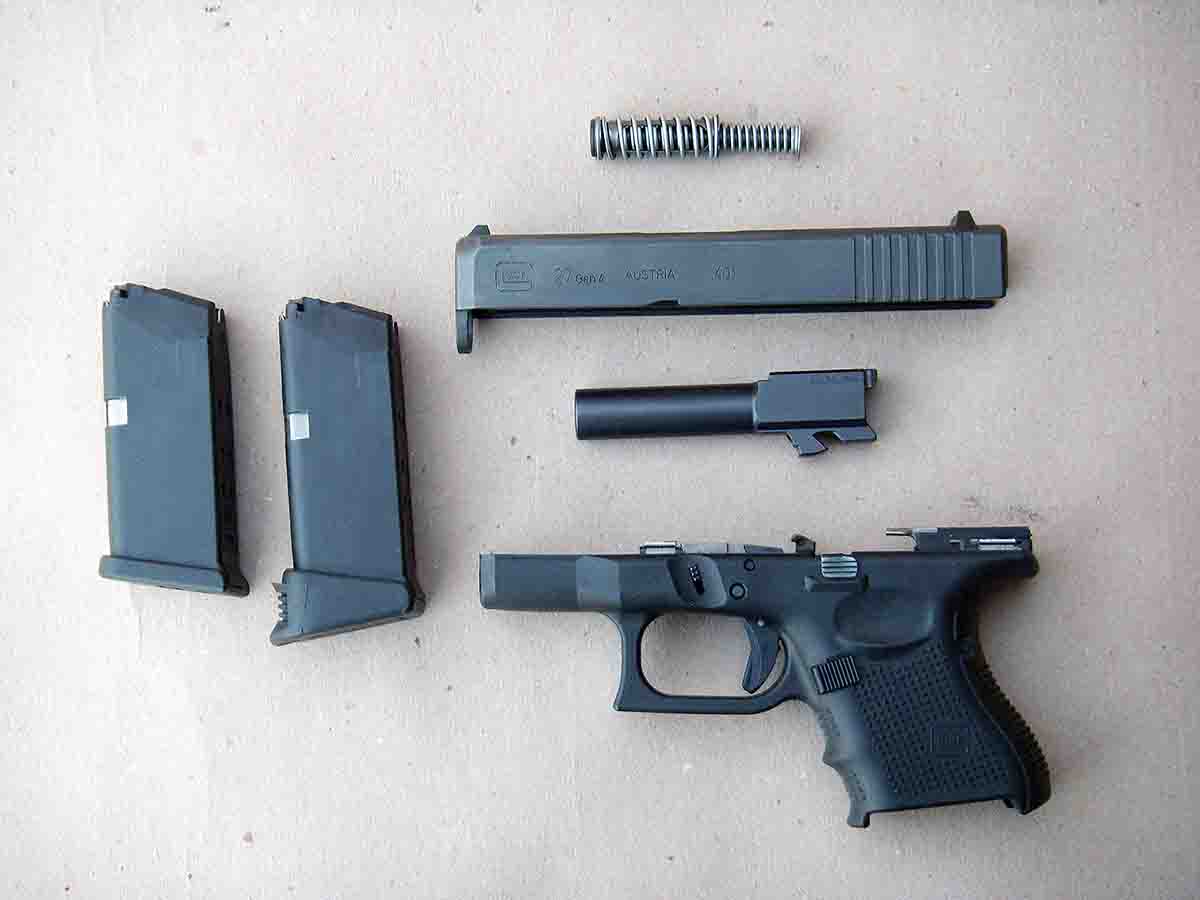
The .40 S&W has a short powder column, so handloads should be seated to the exact length listed. A bullet seated just .050 inch deeper will cause pressures to spike significantly!
As expected the Glock 27 Gen 4 fired all of the accompanying handloads without a single failure in any form. Using 7.2 grains of Alliant Power Pistol powder with a Hornady 155-grain XTP bullet, velocity was 1,056 fps, and accuracy more or less duplicated the Black Hills factory load mentioned above. Another top load included the Speer 165-grain Gold Dot HP bullet at 1,029 fps using 6.5 grains of Hodgdon CFE Pistol powder. Both Alliant Power Pistol and Hodgdon CFE Pistol are top-choice powders for the .40 S&W, with both duplicating factory-load velocities and pressures with the Nosler 180-grain JHP bullet. Current industry maximum average pressure for the .40 S&W is 35,000 psi. All the accompanying data is within that limit.
As indicated, the Glock 27 Gen 4 .40 S&W offers an impressive blend of power, capacity, accuracy and reliability while being compact and lightweight. In checking street prices, it is available from dealers for around $500, which in my opinion is a bargain.
